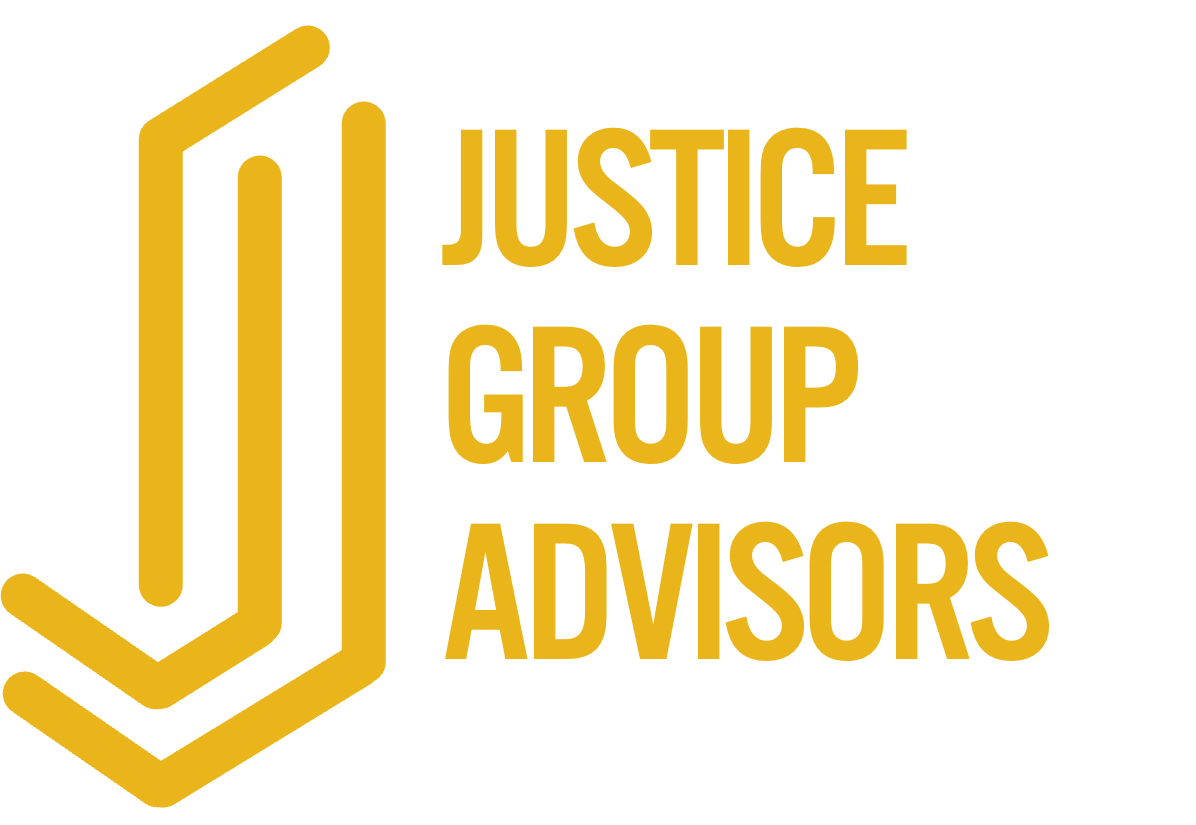Navigating Meeting Minefields: Avoiding the Rabbit Hole Trap!
"𝘿𝙤𝙬𝙣, 𝙙𝙤𝙬𝙣, 𝙙𝙤𝙬𝙣. 𝙒𝙤𝙪𝙡𝙙 𝙩𝙝𝙚 𝙛𝙖𝙡𝙡 𝙉𝙀𝙑𝙀𝙍 𝙘𝙤𝙢𝙚 𝙩𝙤 𝙖𝙣 𝙚𝙣𝙙!"
Imagine you're in an important meeting, discussing project milestones with your team. The agenda is set, everyone is engaged, and you’re on track to achieve your goals. Then, a colleague raises a question that, while related, risks pulling the discussion off course. Sound familiar?
Handling such questions gracefully is a skill every leader needs. These moments, though well-intentioned, can disrupt the flow and focus of your meeting and prevent you from accomplishing what you need to get done. However, it's crucial to know how to manage these interjections effectively.
What Not to Do
Before we delve into effective strategies, let’s first examine common pitfalls and what not to do in these situations.
Example:
Let's say you're discussing upcoming project deadlines, and a team member interjects with, “Have you considered using AI to streamline this project?”
Now, while this could be an interesting idea to explore, this is not the time or the place. You feel yourself getting frustrated. Inner voices start to bubble up (AI?! Are you kidding me? Are they asking about AI to throw me off? Are they saying that I’m not moving fast enough on this? Why are they doing this to me?!).
You need to get the meeting back on track before everyone dives into a deep AI rabbit hole. You respond with a curt, “No, we can’t use AI for this,” and quickly move on. While your intention is to keep the meeting on track, this response can come across as dismissive and aggressive.
Why This Doesn’t Work:
Even if AI is off the table and irrelevant to the current discussion, this abrupt dismissal compromises your executive presence. It alienates team members, discouraging them from sharing potentially valuable insights in the future, and prevents you from learning information that may be important. You end up looking defensive and unapproachable, which can create a tense and unproductive meeting atmosphere.
What To Do: Use My Repeat and Redirect Strategy
Now that we've covered what not to do, let's explore an effective technique for managing such situations: my “Repeat and Redirect” strategy. When faced with a question or interruption that threatens to sidetrack your meeting, this approach can help you maintain control and stay on track.
How It Works:
Pause and Repeat: Take a brief pause and then slowly repeat the question back while injecting your voice with curiosity. Your goal is to give everyone a chance to reflect on the question and consider its relevance and urgency to the topic at hand.
Maintain Composure: Your demeanor is absolutely critical here. It’s important to remain curious, respectful, and composed. Whatever you do, avoid looking irritated, impatient, or defensive.
Bridge and Redirect: Use a bridge to deftly guide the conversation back to the main agenda or priorities while respectfully acknowledging the question and providing a clear plan for follow-up.
Example:
Let's revisit our example and use my “Repeat and Redirect” strategy:
Colleague: “Have you considered using AI to streamline this project?”
You: Take a deep breath (keep it subtle), maintain eye contact, and while exhaling, slowly and with curiosity in your voice, repeat back the question:
“Have we considered using AI?”
Repeating the question slowly acts like a pause, giving people time to reflect but not allowing space for others to jump in and chase that rabbit down the hole.
Now redirect with a bridge:
“That’s an interesting idea. It’s beyond the scope of this meeting but I’d like to learn more. Let’s connect later so we can give it the attention it deserves.”
Why This Works:
Pausing briefly and slowly repeating the question puts you back in control. This creates space for reflection on the question's relevance and urgency, demonstrating respect for the speaker while maintaining control over the meeting’s agenda. Often, this pause allows others—including the person who asked the question—to reconsider its importance.
Want to learn more about staying composed and leveraging silence in high-stakes moments? Check out my post on Strategic Silence—it’s a game-changer for mastering executive presence.
If it is worth discussing later, a follow-up can be scheduled, which shows openness and respect. However, frequently no follow-up is needed, as the pause itself helps manage the situation effectively. By simply acknowledging the question and providing space for potential follow-up, you foster an environment where team members feel heard and valued without losing focus.
Another Example:
Let’s try another one.
Colleague: “Have we considered switching our vendor for this project?”
You: Tamp down those inner voices that threaten to make you look defensive and reactive (Switch vendors? Are you serious? Do they not realize how much work that would involve? Are they trying to derail my meeting? What’s their agenda here?!).
Slowly and with curiosity in your voice, repeat the question and redirect to your agenda,
“Have we considered switching our vendor? I’m curious about what’s prompting your question. It’s beyond the scope of this meeting but let’s schedule a separate meeting so I can learn more. For now, let’s stay focused on our current project milestones.”
This approach acknowledges the question respectfully and redirects the conversation back to the main agenda. You appear composed and open to feedback, which fosters a collaborative environment and reinforces your executive presence.
Final Thoughts
Questions that threaten to take the discussion down a rabbit hole can be annoying. It can even feel like they're designed to throw you off or make you look bad. It’s easy to get frustrated. But here's the thing: the minute you look annoyed or frustrated, you compromise your leadership and call your executive presence into question. When you stay composed and in control, assuming good intent, you not only manage the meeting better but also show true leadership.
By using my “Repeat and Redirect” strategy, you demonstrate respect for your colleagues’ input while keeping the meeting on track. This approach helps you maintain an executive presence and fosters a more collaborative and productive environment. So, next time you face one of those questions, take a deep breath, stay curious, and guide the conversation back to where it needs to be. You’ll not only handle the situation gracefully but also set the tone for a more respectful and effective team dynamic.





You're in another meeting feeling pressure to contribute. So you say something—anything—to prove you belong. But here's the truth: you might be solving the wrong problem entirely.